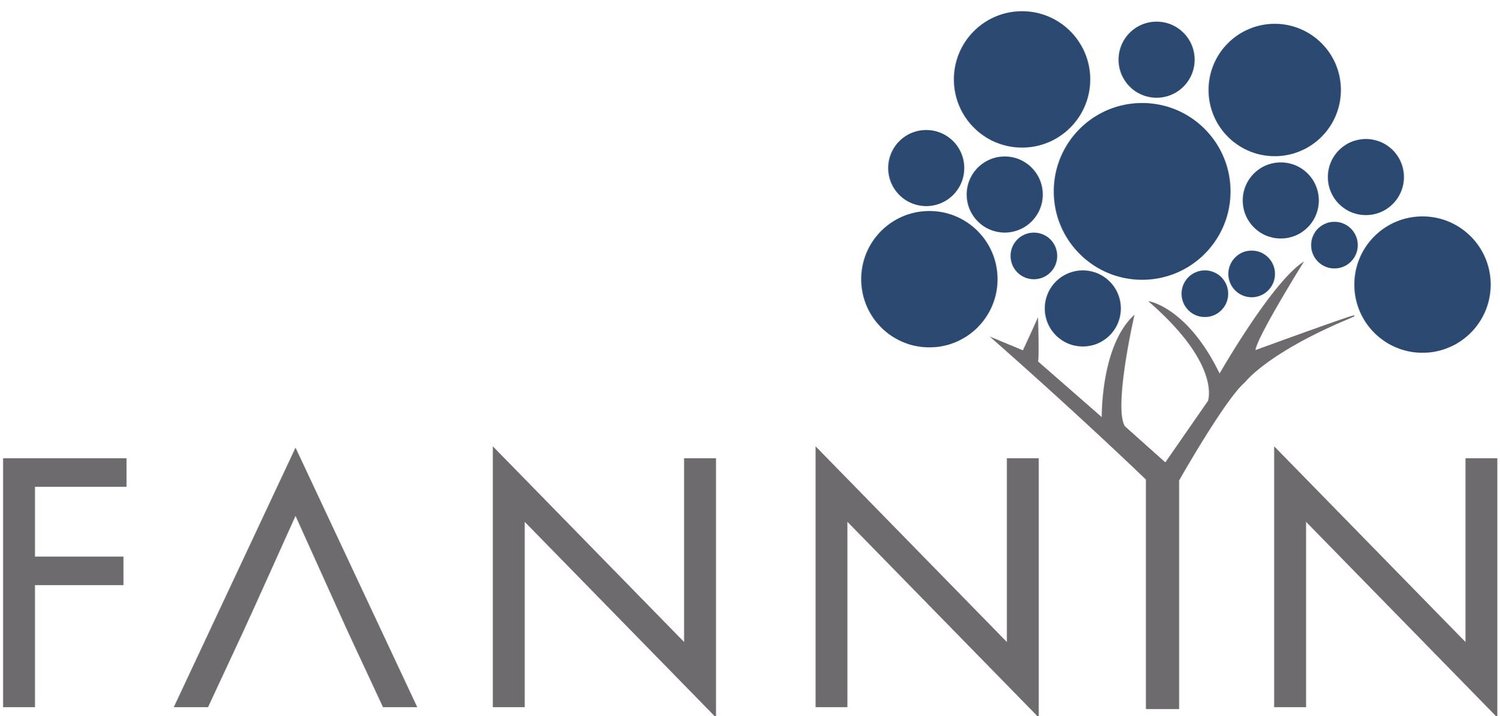Key Elements to the Fannin Approach
Assets are initially brought into the Studio and de-risked by our core Studio team of ~20 professionals. The early work done by the team is funded by Fannin and grant funding.
The team crafts a development program (subject to regular revision based on new data/ information) that draws on the team’s collective experience, consultants and external stakeholders including pharma companies and investors. We will also write grant applications in collaboration with the inventor(s) to fund early development work.
After successful early de-risking, Fannin will spin the technology out into a NewCo, bringing in outside investors to help fund the continued development, and build out the management team. This usually occurs as we enter IND-enabling work. Fannin may lead early financing round(s) and Fannin/ our investors will participate in financing rounds which Fannin does not lead.
Fannin prefers to partner with investigators who have the interest and resources to continue working on their technology while also collaborating with us. We work in close partnership with our inventors, tapping their deep domain expertise, with the expectation that our academic collaborators’ primary focus will be on publishable discovery research, while Fannin’s primary focus will be on development. This allows an exchange of insights across the two parallel paths.
Advantages to the Fannin Approach
Your program is being developed by an experienced management team from the very outset and the support provided by Fannin allows the team to start working right away on the project. A challenge often faced by startups outside biotech clusters is that it can be challenging to attract experienced management, and the founders can spend months trying to raise the initial funding required to advance the program.
Since an investor “meter” is not ticking, we can let the science drive the pace of development and explore optionality early before committing to a development program. Our strong relationships with stakeholders, including pharma companies and investors, allows us to test different development options early, including exploring optionality across a range of disease indications.
Since we leverage grants to support early development, founders see less dilution than with a typical investor-funded program, since early investments can occur at low valuations. Further, our institutional stability and relationships allow us to negotiate reasonable valuations for later rounds.
Limitations to the Fannin Approach
The flip-side of this capital-efficient and science-driven approach is that we are not a speed to market play. If your space is “hot” and requires rapid development, you may be better served by seeking investment from a traditional investor or a pharma license.
Fannin’s resources are focused on advancing the technology. We seek back-end loaded licensing terms, and we do not fund discovery research in our academic collaborators’ labs (although we do work with our collaborators to write grant applications that include sub-awards to the inventors).
Areas of Interest
Assets: Our current primary focus is on in-licensing novel small molecules that are directed to a validated target and that have in-vivo efficacy data. We are agnostic as to therapeutic areas, although we prefer targets with optionality.
Targets: We are open to discussing emerging therapeutic approaches and modalities including partnership that leverage our next-generation aptamer (Raptamer) platform.
Even more than the technology, we are interested in strong collaborative partners. We prefer molecules designed by medicinal chemists with significant industry experience. We also look for inventors who appreciate the value of complementary capabilities that Fannin brings to the table and are interested in an active ongoing partnership.
